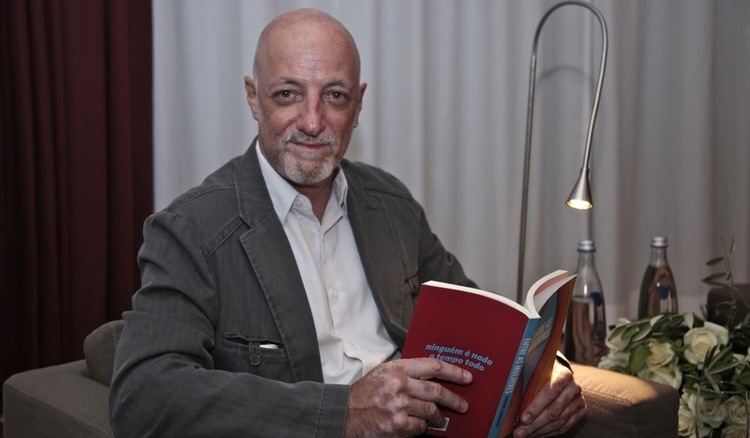Name Rafael Cardoso | Role Writer | |
 | ||
Rafael Cardoso (born 4 June 1964) is a Brazilian writer and art historian. His published work includes numerous books and essays on the history of art and design in Brazil, mainly focused on the period between 1840 and 1930. He has also published four works of fiction, including Entre as Mulheres (2007) which first brought him to the attention of an international audience, particularly after its translation into German as Sechzehn Frauen (2013). His latest novel, O Remanescente (2016) was published simultaneously in Brazil, by Companhia das Letras, and Germany, by S. Fischer.
Contents

Early life and education

Rafael Cardoso Denis was born in Rio de Janeiro to a mixed cultural background. His father was a physician, born in France of German parents and immigrated to Brazil during the Second World War. His mother comes from a well-known literary family in Minas Gerais, being the niece of renowned Brazilian writer Lúcio Cardoso, author of Crônica de Casa Assassinada (1959), and Maria Helena Cardoso, also a noted writer. When Cardoso was five, his parents moved to the United States, and he was brought up mainly in Virginia. He attended college at the Johns Hopkins University, in Baltimore, from which he graduated Phi Beta Kappa in 1985. He returned to Brazil shortly thereafter and obtained an MA in art history from the Universidade Federal do Rio de Janeiro, going on to do a PhD in art history at the Courtauld Institute of Art, in London, from 1991 to 1995.
Career
Cardoso’s first books of fiction and non-fiction appeared in 2000, and he has continually published both, in parallel, since then. His first notable success was the design history textbook Uma Introdução à História do Design, now in its third edition and widely used in Brazilian universities. He is well established as a historian of art and design in Brazil, having authored half a dozen books and hundreds of essays and articles, as well as editing and translating works by John Ruskin and Vilém Flusser. With O Remanescente, Cardoso brought his fiction and non-fiction writing together for the first time. The book is a historical novel, based on true facts, and tells the story of his father's family's flight from Germany in the 1930s, their exile in France and eventual refuge in Brazil. The main character is the author's great-grandfather, Hugo Simon, a banker, socialist politician and art collector in Berlin, during the Weimar Republic, where he was a prominent cultural figure and briefly Minister of Finance of Prussia after the German Revolution of 1918-19.
Cardoso pursued a full-time academic career from 1996 to 2012, working successively as a professor at Pontifícia Universidade Católica do Rio de Janeiro and Universidade do Estado do Rio de Janeiro. Since 2007, Cardoso has become increasingly known for his work as a curator, staging exhibitions of Brazilian art, both historical and contemporary. Among the major exhibitions he has curated are: Do Valongo à Favela: Imaginário e Periferia (Museu de Arte do Rio, 2014), Rio de Imagens: uma Paisagem em Construção (Museu de Arte do Rio, 2013), From the Margin to the Edge: Brazilian Art and Design in the 21st Century (Somerset House, London, 2012) and Eliseu Visconti: a Modernidade Antecipada (Pinacoteca do Estado de São Paulo, 2011). He has also written song lyrics, including the 1988 hit Vamos Dançar for Ed Motta & Conexão Japeri, and is co-author of the screenplay for the feature-length film Maresia (2016), together with director Marcos Guttmann and screenwriter Melanie Dimantas.
